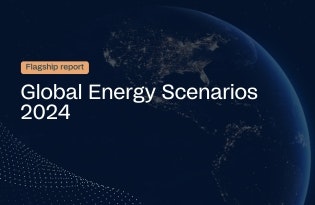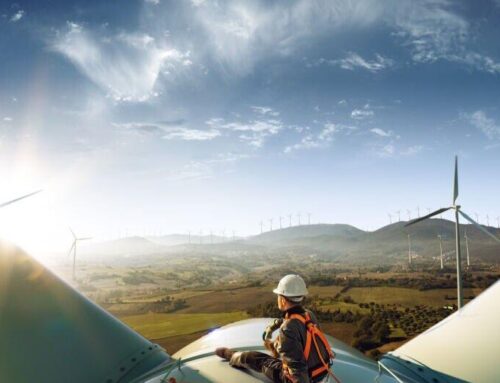Global Energy Scenarios 2024: New Flagship Report
October 31, 2024

Task three: addressing residual emissions
The final task is to address emissions that cannot be technically or economically addressed by electrification. For this task, carbon capture, utilization and storage (CCUS), direct air carbon capture (DACC), hydrogen derivatives, and bioenergy will play a critical role in reducing global emissions. We estimate that 17% of all CO2 emissions reductions needed to reach the 1.6 degrees scenario must come from this task.
The clean hydrogen project pipeline indicates strong growth potential beyond 2025, with the High scenario projecting nearly 70 million tonnes of capacity by 2030. Yet, in the short term, there are significant uncertainties as the sector is shifting gears toward project execution. A considerable portion of the pipeline is classified as medium-high or high risk, which raises concerns about whether these projects will be realized on time to meet demand in ambitious climate scenarios.
The current CCUS project pipeline shows a significant amount of capacity growth potential, yet a large portion of this pipeline is classified as high-risk or medium-high risk. This risk profile introduces uncertainty in the ability to meet future emission-capture targets. However, the low-risk projects alone are sufficient to meet the 2030 capture targets for the 1.9-degree and 2.2-degree global warming scenarios.
Search
RECENT PRESS RELEASES
Related Post



